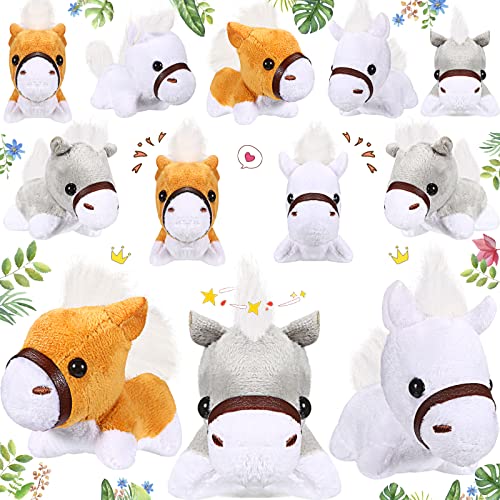I have lived on a farm for 60 years. Grew up on a large, progressive dairy farm and for the last 45 years have had horses.
Depends on what type of grass / hay, and how "old" it is (i.e. how long it has been allowed to grow before cutting). No matter what type - younger is better, softer, more palatable. I do NOT feed straight alfalfa. I feel it is too hot for minis and many 'bigs'.
If it is orchard grass, a 2nd cutting is better, softer, better food value. Same with bermuda, which is what I'm feeding here. When I lived up north, I was not able to find straight grass hay - but I did find some EXCELLENT 2nd crop that was 75% orchard and 25% alfalfa. It was cut young and was like candy....lots of natural sugars, plenty of protein without being too high, and good digestable roughage. Depending on your area of the country, some grasses come in well for first crop, but many are better as a 2nd crop.
And no matter what - it has to smell good. If it smells like bad pipe tobacco or you get a nose full of musty dust - RUN AWAY.
If you are feeding alfalfa and it has been allowed to go to flower - you are wasting your money. Way too stemmy and hard for digestion and there will be lots of waste.






















































